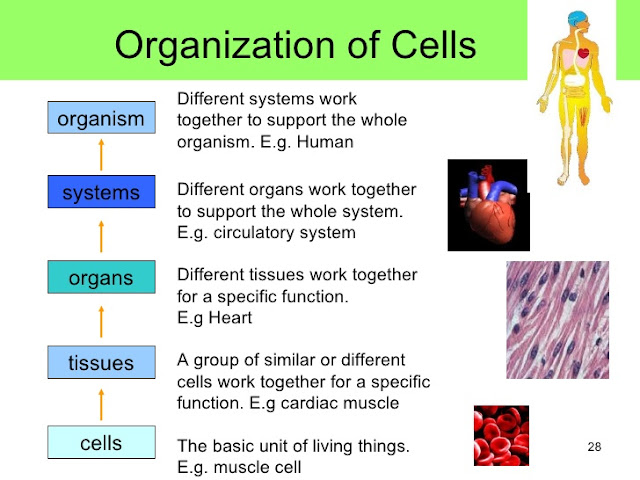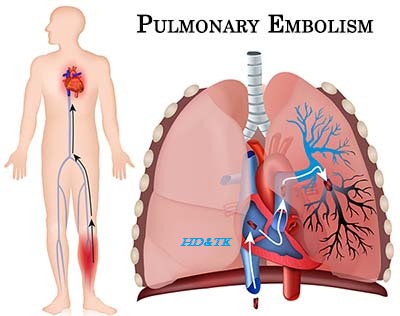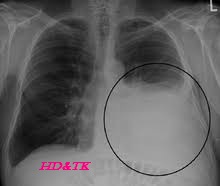Organization of the Cell
A typical cell,
as seen by the light microscope, its two major parts, 1st is the nucleus
and 2nd is the cytoplasm. The nucleus is separated from the
cytoplasm by a nuclear membrane, and the cytoplasm is separated from the
surrounding fluids by a cell membrane, also called the plasma membrane. The
different substances that make up the cell are collectively called protoplasm. Protoplasm
is composed mainly of five basic substances: water, electrolytes, proteins,
lipids, and carbohydrates.
Water: The principal
fluid medium of the cell is water, which is present in most cells, except for
fat cells, in a concentration of 70 to 85 per cent. Many cellular chemicals are
dissolved in the water. Others are suspended in the water as solid particulates.
Chemical reactions take place among the dissolved chemicals or at the surfaces
of the suspended particles or membranes.
Ions: The most
important ions in the cell are potassium, magnesium, phosphate sulfate,
bicarbonate, and smaller quantities of sodium, chloride, and calcium.
The ions provide inorganic chemicals for cellular reactions.
Also, they are necessary for operation of some of the cellular control
mechanisms. For instance, ions acting at the cell membrane are required for
transmission of electrochemical impulses in nerve and muscle fibers.
Proteins: After water,
the most abundant substances in most cells are proteins, which normally
constitute 10 to 20 per cent of the cell mass. These can be divided into two types:
structural proteins and functional proteins. Structural proteins are present in
the cell mainly in the form of long filaments that themselves are polymers of
many individual protein molecules. A prominent use of such intracellular
filaments is to form microtubules that provide the “cytoskeletons” of such
cellular organelles as cilia, nerve axons, the mitotic spindles of mitosing
cells, and a tangled mass of thin filamentous tubules that hold the parts of
the cytoplasm and nucleoplasm together in their respective compartments.
Extracellularly, fibrillar proteins are found especially in the collagen and
elastin fibers of connective tissue and in blood vessel walls, tendons, ligaments,
and so forth. The functional proteins are an entirely different type of
protein, usually composed of combinations of a few molecules in
tubular-globular form. These proteins are mainly the enzymes of the cell
and, in contrast to the fibrillar proteins, are often mobile in the cell fluid.
Also, many of them are adherent to membranous structures inside the cell. The
enzymes come into direct contact with other substances in the cell fluid and
thereby catalyze specific intracellular chemical reactions. For instance, the chemical reactions that split
glucose into its component parts and then combine these with oxygen to form
carbon dioxide and water while simultaneously providing energy for cellular
function are all catalyzed by a series of protein enzymes.
Lipids: Lipids are
several types of substances that are grouped together because of their common
property of being soluble in fat solvents. Especially important lipids are phospholipids
and cholesterol, which together constitute only about 2 percent of
the total cell mass. The significance of phospholipids and cholesterol is that
they are mainly insoluble in water and, therefore, are used to form the cell
membrane and intracellular membrane barriers that separate the different cell
compartments. In addition to phospholipids and cholesterol, some cells contain
large quantities of triglycerides, also called neutral fat. In
the fat cells, triglycerides often account for as much as 95 per cent of
the cell mass. The fat stored in these cells represents the body’s main storehouse
of energy-giving nutrients that can later be dissoluted and used to provide
energy wherever in the body it is needed.
Carbohydrates: Carbohydrates
have little structural function in the cell except as parts of glycoprotein
molecules, but they play a major role in nutrition of the cell. Most human
cells do not maintain large stores of carbohydrates; the amount usually
averages about 1 percent of their total mass but increases to as much as 3 per
cent in muscle cells and, occasionally, 6 percent in liver cells. However,
carbohydrate in the form of dissolved glucose is always present in the surrounding
extracellular fluid so that it is readily available to the cell. Also, a small
amount of carbohydrate is virtually always stored in the cells in the form of
glycogen, which is an insoluble polymer of glucose that can be depolymerized
and used rapidly to supply the cells’ energy needs.




Comments
Post a Comment